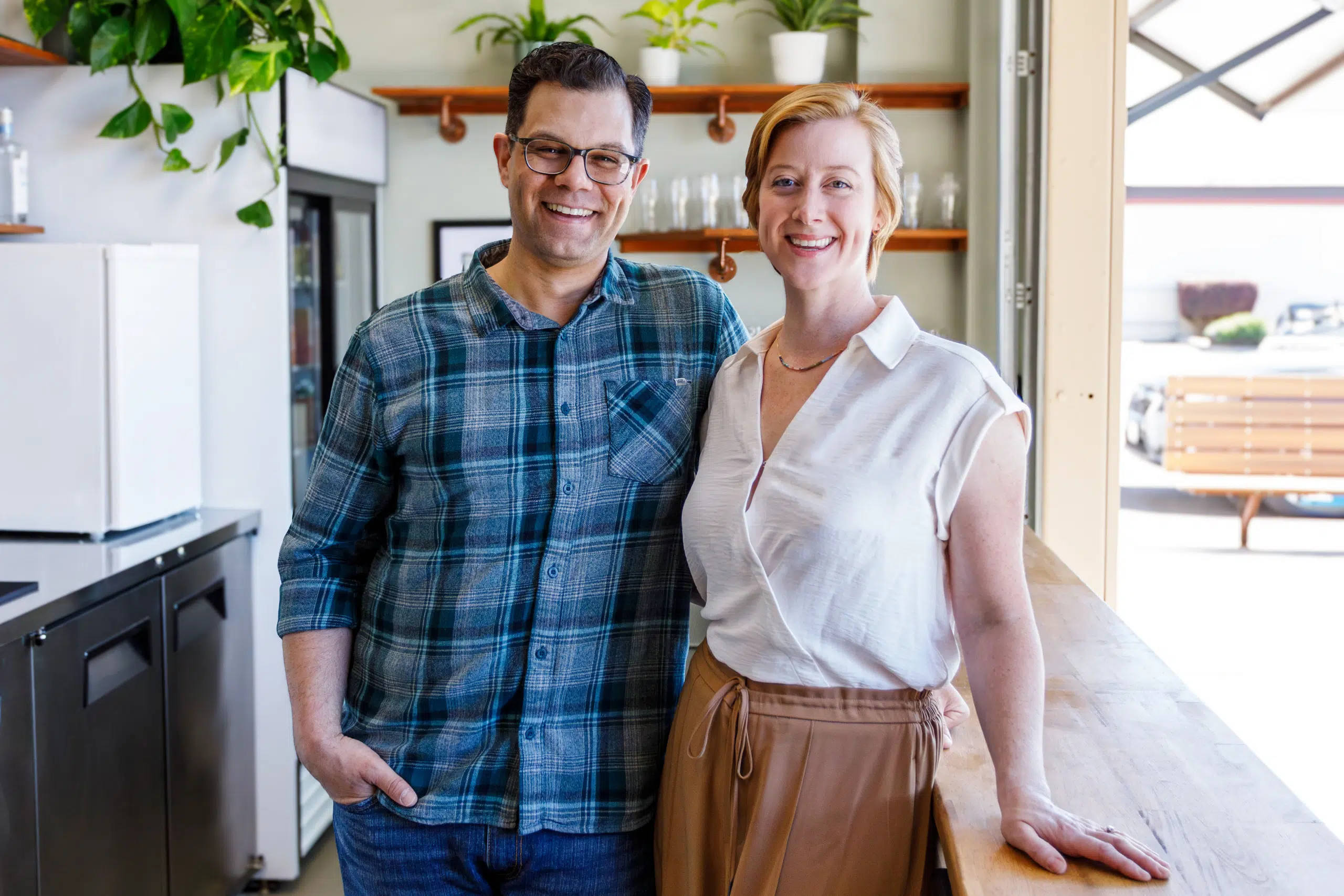Your brain is trying to keep you safe. And it’s doing a pretty darn good job. As humans we’re wired to look for familiarity and routines. Anything out of the ordinary sets off our proverbial alarm bells and tells us to proceed with caution. This is by design. In order to evolve, we had to develop pattern recognition to know what foods, places, animals and situations were safe. We had to develop the tools to pass that information on to the next generation so they could build upon the knowledge we had gained. We know what works and what doesn’t. We’re hardwired to stay away from the unknown. From the time we’re born, we approach new situations, new people, and new ideas with caution, often taking a while to adapt and to adopt new ideas. Our brains are trained to look for the familiar. Life would be chaotic, and unsafe if we, or our ancestors, had to learn everything new every single day.
In modern life, living by a set of patterns is still ingrained in our survival instinct. The series of events, places, thoughts, routines, and people we’ve set up around us is our baseline. This is where we feel secure. We do the same basic things from day to day, we know our routines, and we’re firm in the perspectives we’ve cultivated. We know the people around us and what to expect from them and the way we do things. And for the most part that’s ok. Routine and familiarity are key tools to survival. They serve as a shorthand for navigating through life. This set of circumstances we build our lives upon is what can be defined as our “Comfort Zone” and it makes things nice and cozy for us. The problem, however, occurs when staying safe in our comfort zone starts to weigh on us. Sometimes while our brains are busy perceiving every unknown as a potential threat, we’re being unknowingly steered away from the thing we really want, the thing that will help us grow, or the steps to achieve our wildest dream. All of this, if we could just get up the courage to take the next step.
Like everything in nature, we naturally go through periods of growth and periods of dormancy. When the dormancy starts to go on too long or we start to feel like it’s time to burst forward into a new life, this is when sameness leads to stagnation, depression, and feeling stuck. If we delve deep in these moments it’s often true that we know where the next jumping-off point is—sometimes we’ve known for years and been avoiding taking that one specific step. It takes stepping out of your comfort zone to get to the place you want to be.
Leaving your comfort zone then, in effect, means learning to safely bypass your brain’s safety response in order to reach a goal or experience something new. While it may feel terrifying to take a step towards the unknown, the benefits are real. Stepping outside your comfort zone increases confidence, can help fight depression, builds resilience, and adds interest to life. The line that defines the edges of what you’re capable of moves with you. Once you’ve tackled one challenge, it becomes easier to tackle the next one.
Looking at discomfort as a sign of growth instead of something to fear can be highly motivating in taking steps toward your goal. Reframing stress as a benefit can also help us tackle the fears that come with diving into the unknown. This helps short-circuit the fight-or-flight reaction to the unknown and allows you to push forward. Studies show that viewing stress as a challenge rather than a threat helps improve both performance and the physiological response to difficult situations.
Here we outline some of the steps to move beyond the limit of what you think you’re capable of, deserving of or able to accomplish:
How to leave your comfort zone
Define your goal. What do you want to achieve, and what steps would it take to get there?
Recognize where your borders are. Where have you been holding yourself back? Why is this the line you haven’t stepped across yet?
Come up with one task you can do to start moving towards that goal. It can be as small or as big as you like. Usually, starting small helps build the confidence to do the next thing.
Embrace discomfort: Understand that discomfort and uncertainty are part of the process. Embrace these feelings as signs of growth rather than reasons to retreat back
Set realistic expectations: Be kind to yourself and set realistic expectations. Understand that the process is non-linear and that setbacks may occur. Remember this specifically when you feel like things aren’t going the way you envisioned.
Take small risks: Challenge yourself to push beyond your self-imposed limitations and try new experiences. It could involve things like public speaking, traveling alone, and learning a new skill
Seek support: Surround yourself with supportive and like-minded individuals who can encourage and motivate you. Stepping into a new space often requires finding new people to do it with.
Practice resilience: Cultivate resilience to bounce back from setbacks. Develop a positive mindset and maintain a can-do attitude.
Celebrate achievements: Take a victory lap with every step towards your goal. Acknowledge and celebrate your accomplishments, big and small.
Taking stock:
What is one thing you’ve always wanted to do?
What is one step that you could take towards achieving that thing?
Go out and have fun. The rewards are waiting for you.
***
Wooley, Katlin, “Motivating Personal Growth by seeking discomfort. March 29, 2022
Univestity of Rochester, “Stress Response Doesn’t Have to be Bad, Here’s How To Reframe It” September 14, 2021.
https://journals.sagepub.com/eprint/GYY8QMPZAJRVRZQD7EJT/full
https://www.rochester.edu/newscenter/good-stress-response-benefits-488912/


